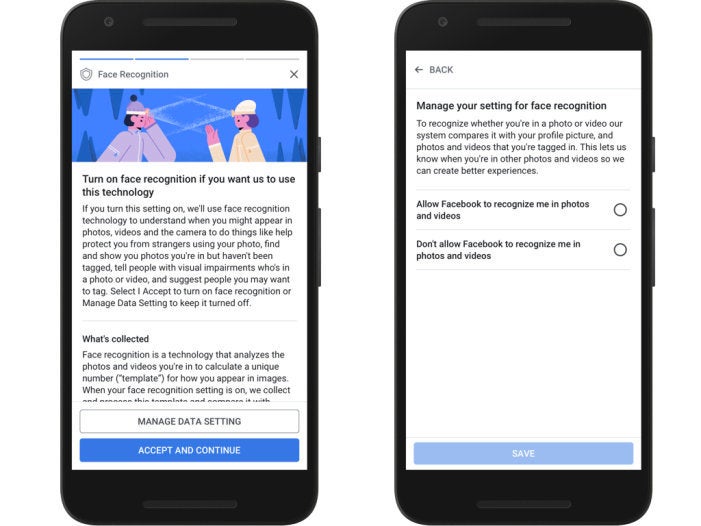Facebook has started rolling out a new facial recognition technology in the EU and Canada that allow the company to identify you in pictures uploaded to the site.
The feature has already garnered a not inconsiderable amount of controversy having been rolled out in elsewhere in the world over the last six years.
Indeed in the US Facebook is facing a class action lawsuit over the use of the technology.
The feature, along with the ability to turn it off, is being launched by Facebook as part of some major updates that will allow the site to comply with the EU’s new privacy laws known as the GDPR.
How does Facebook’s facial recognition technology work?
Facebook’s software works by looking at the pixels in images that contain a manually tagged photo of you. It will analyse the area around the tag and then create a string of numbers that Facebook calls a template. This is then stored on Facebook’s servers.
Now every time there’s an image that’s uploaded to Facebook it will scan the pixels in that image to see if any of the faces in it match your template. If it does, it will then let you know and ask if you want to be tagged in it.

Facebook’s system employs a series of technologies including machine learning that allows a computer to ‘learn’ by being fed lots and lots of information, in this case pictures of your face.
This is unlike a facial recognition system like Apple’s Face ID which uses a series of cameras to create a 3D map of your face and then it stores that on the device itself.
How to turn Facebook’s facial recognition technology off
Now to be clear, this feature is turned off by default but you will get a notification asking you if you want to turn it on.
Upon receiving the notification you can press ACCEPT AND CONTINUE to turn it on, or press MANAGE DATA SETTING where you’ll be taken to another menu.
Once you’re there click on the option that says ‘Don’t allow Facebook to recognise me in photos and videos’.

